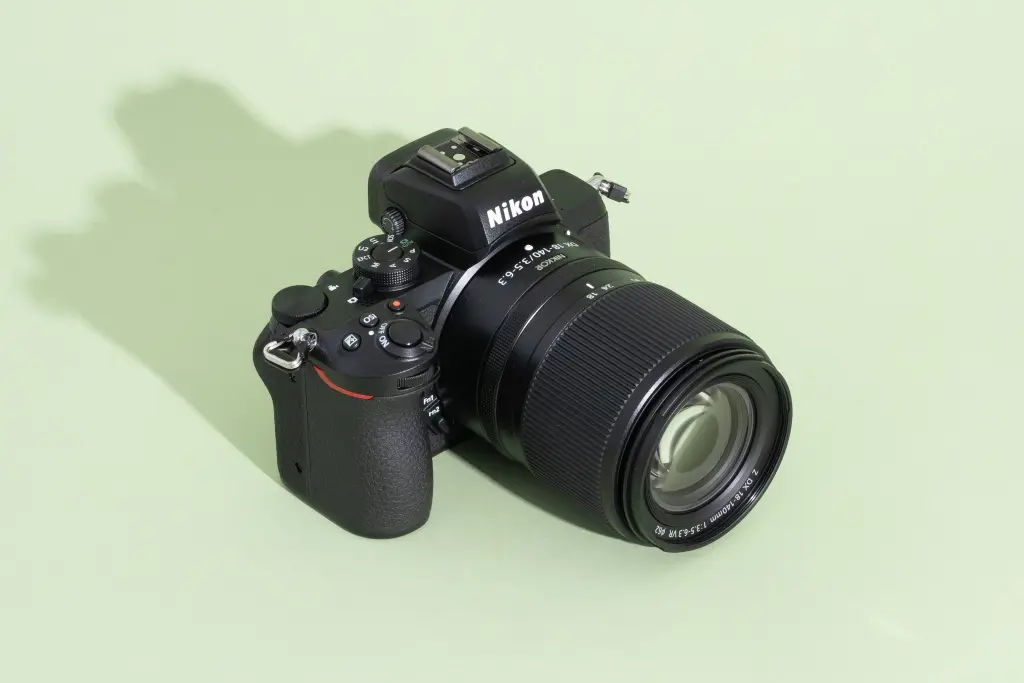Over the past decade, mirrorless camera systems have redefined the photography landscape—smaller, lighter, and increasingly powerful. But in 2025, a shift within the mirrorless world is becoming more apparent: photographers are leaning into all-in-one zoom lenses more than ever. What’s fueling this change, and how is it impacting gear choices, especially for genres like travel, nature, and street photography?
Mirrorless Culture: Mobility First
The mirrorless movement has always been about shrinking gear without sacrificing quality. Early adopters were thrilled to replace heavy DSLR setups with compact, silent cameras still delivering stunning images. As camera bodies got lighter, it became natural that lens preferences would shift, too.
Photographers searched for lenses that matched this ethos—portable, lightweight, and versatile. That’s where all-in-one zooms gained traction. Rather than juggling three lenses to cover different focal ranges, a single high-performance zoom could now easily handle wide landscapes, tight portraits, and distant details.
The Rise of “One-Lens Shooters”
All-in-one zooms have evolved far beyond the soft, slow kit lenses of the past. Thanks to improved lens coatings, better optical formulas, and precise autofocus systems, many now rival the quality of dedicated primes, at least for most real-world applications.
This has created a new breed of photographers: the “one-lens shooter.” These creatives favor spontaneity and agility over absolute perfection. They’d rather capture the shot at the moment than change lenses and risk missing it entirely.
These hybrid zooms perfectly match mirrorless users who value speed, weight, and adaptability. You’ll find them on everything from hiking trails to street corners to impromptu portrait sessions in local cafés.
The Freedom to Explore All Focal Lengths
The beauty of an all-in-one lens lies in its range. A 24mm to 240mm lens allows photographers to experiment freely, switching from wide environmental shots to
compressed, detail-focused compositions without touching their bag. This encourages more creativity on location, especially when time or conditions are limited.
Photographers who frequently shoot in unpredictable environments, such as travel bloggers, documentary creators, or nature lovers, embrace this flexibility. It allows them to pack lighter and move faster without missing critical moments.
Are Specialty Lenses Still Relevant?
Absolutely. While all-in-one lenses are becoming more common, they don’t entirely replace specialized optics. Prime and pro zoom lenses remain essential tools for those chasing the sharpest image corners, lowest distortion, or fastest apertures.
Take landscape photography, for example. Many professionals still rely on wide-angle primes or specialized zooms to capture maximum detail in vast scenic vistas. The best Sony lens for landscape photography often points to these dedicated tools with edge-to-edge sharpness and weather sealing for extreme conditions.
However, an all-in-one lens offers a highly practical solution for casual landscape shooters or those combining landscapes with other genres during their travels. It might not deliver the razor-sharp detail of a $2000 wide-angle prime, but it will deliver the shot, even when hiking through rain or racing to catch a sunset.
A Shift Toward Simplicity
Ultimately, the popularity of all-in-one zooms within mirrorless systems reflects a broader cultural trend: the desire for simplicity. Modern photographers are less interested in owning gear for every scenario and more in using a single lens covering most of them.
Mirrorless systems have opened the door for this with compact bodies, advanced sensors, and intelligent autofocus that works seamlessly across focal lengths. This one-lens approach gains favor as more creators embrace mobile workflows and on-the-go shooting.
All-in-One, All the Way
The shift to all-in-one zooms is less about compromise and more about freedom. With mirrorless cameras offering pro-level quality in a travel-friendly package, photographers are redefining what it means to be prepared. In a fast-moving world, capturing wide, tight, and everything in between—without ever swapping lenses—is a serious advantage.
For those seeking both range and reliability, especially while keeping their kit lean, all-in-one zooms are more than a trend. They’re a new way of seeing.






